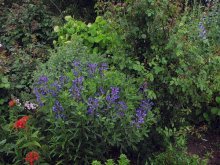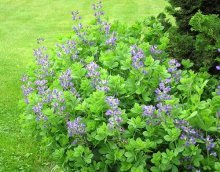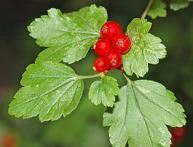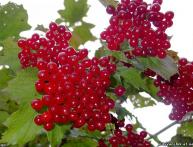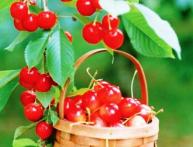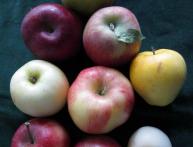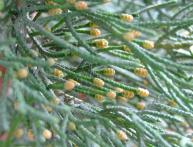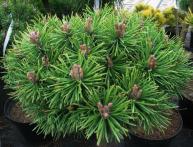Baptisia is a relative of mimosa and acacia
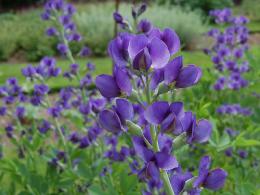
The perennial baptisia is not only a beautiful, ornamental plant, but this plant is also unique in that it has various beneficial and medicinal properties.
Content:
Origin and description of the plant
Baptisia has existed on earth since ancient times. The name of the plant from Greek means “dip”, “immerse”, and also “dye”, as some species were used to prepare various dyes.
The Indians of North America used the juice of Southern Baptisia to dye fabrics, since the juice turns blue when exposed to air. The infusion was used as laxative, and the powder of dried plants was used for toothache. Now there are more than 40 species.
Baptisia is a herbaceous plant from the legume family. Distributed in forest-steppe zones. North America is considered the main habitat, but baptisia also grows well in Europe and Central Asia. It grows very quickly and forms dense thickets.
The plant is beautiful not only when it blooms, but also when the flowers fade; its grayish-green leaves attract with their beauty. Therefore, baptisia is widely used for landscaping and decoration. They are planted in flower beds or tapeworms, and various compositions with lower flowers are selected or along the fence to protect them from inquisitive eyes.
Depending on the plant species, it can be either tall or wide, for example, dyeing baptisia, southern baptisia, baptisia leucantha:
- Dying baptisia is not a large (width up to 30 cm) and not tall (height from 60 to 90 cm) bush. With numerous, beautiful clusters of flowers, yellow or cream in color, up to 2 cm in diameter. The shape of the leaves is ovoid.
- Southern baptisia - the height of the bush is from 90 cm to 150 cm, and its width is 90 cm. The flowers are purple, up to 4 cm in diameter. The tripartite, dense leaves have a blue-gray color. The seed pods are gray.
- Baptisia leucantha is considered the tallest plant, its height reaches up to 180 cm. The leaves with a shiny, bluish-green tint are shaped like an egg. The flowers are mostly white or purple, up to 3 cm in diameter.
Growing baptisia
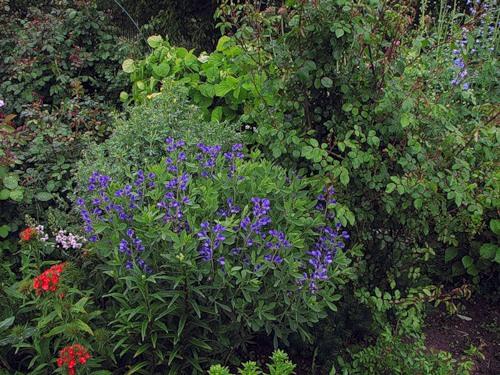
- The perennial blooms from June to August. The flowers are small and odorless during the day, but as night falls, some species develop a pleasant aroma (a mixture of orange and vanilla). The plant prefers sunny, dry places, but also grows quietly in slight shade.
- The soil can be anything, but it is desirable that it be drained or slightly sandy and slightly acidic. It tolerates drought well, but with regular and moderate watering the plant will bloom better. Baptisia must be planted in a place protected from the wind. If this is not possible, then you definitely need to tie it up.
- The plant has a well-developed root system. Feed perennial is not necessary, since nitrogen accumulates in its roots itself and, if necessary, the plant feeds and fertilizes itself. Baptisia is considered resistant to various diseases and pests. But if, during long damp and humid weather, powdery mildew appears on the leaves. They must be removed immediately.The plant tolerates any frost well and does not require shelter for the winter.
- Propagated by dividing the bush (vegetatively) or by seeds. Seeds are planted before winter in open ground 3 cm deep. But you can sow seedlings in the house, and in the spring transplant them into the ground outside. Before sowing, the seeds must be rubbed with sandpaper so that the seeds become slightly rough. Dividing the bush itself perhaps in the spring or only after flowering - in the summer.
Use in folk medicine
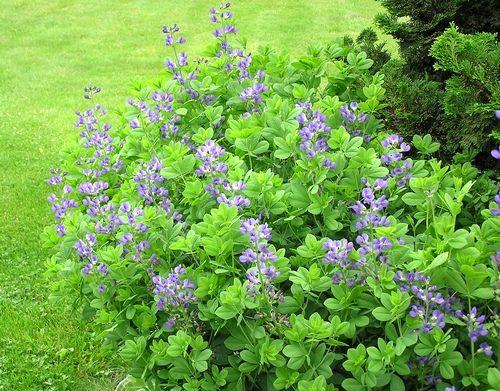
The plant contains a number of alkaloids, such as cystinine, lupanine and anagyrine. In folk medicine, various rubs and tinctures are prepared from the dry root of baptisia. Tinctures are used in low dilution. It should be remembered that some types of baptisia are very poisonous.
Tinctures and rubs are prescribed and used in folk medicine mainly for acute infectious diseases.
For example: typhoid or typhus, diphtheria, erysipelas, scurvy, with malignant scarlet fever, with malignant disease of the larynx, with thrush, with cancer of various etiologies: oral cancer, stomach cancer, breast and uterine cancer, with various forms of stomatitis, with syphilitic or scrofulous inflammation of the eyes, as well as severe influenza.
The perennial baptisia is beautiful and unpretentious, a plant that does not require special and careful care, is currently gaining more and more popularity among many other garden flowers.
Now it can be found not only in a botanical garden or in the private collection of a breeder, but also on lawns and alpine hills, in flower beds and flower beds, in the gardens and vegetable gardens of a simple amateur gardener.
See all about herbal treatment in folk medicine:
Interesting information about the vegetable garden

